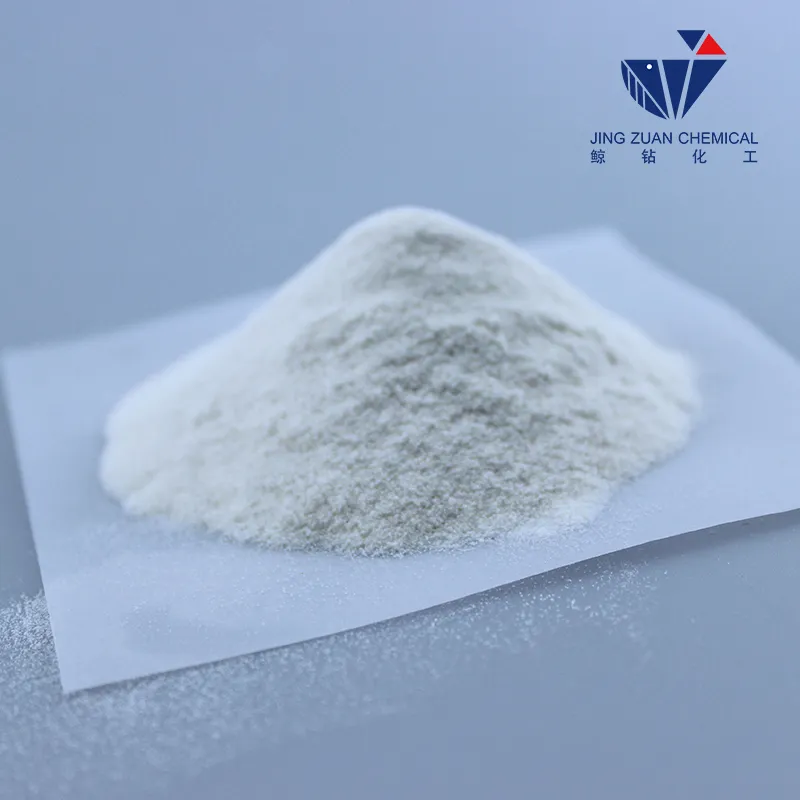
Nov . 08, 2024 11:00 Back to list
Properties and Applications of Redispersible Polymer Powders in Various Industries
Understanding Redispersible Polymer Powders An Essential Component in Modern Applications
Redispersible polymer powders (RDPs) are a category of versatile additives that play a crucial role in various industries, particularly in construction, adhesives, and coatings. These fine, free-flowing powders dissolve in water to form a polymer dispersion, offering unique properties that enhance the performance of different formulations. Their ability to improve adhesion, flexibility, and water resistance makes them indispensable in modern applications.
At the heart of RDPs lies the process of spray-drying polymer emulsions. When these emulsions are spray-dried, they transform into powders that retain the functional qualities of the original polymer. When mixed with water, they reconstitute and form a stable dispersion, ready to be integrated into various products. This ability to redisperse is what sets RDPs apart from other polymer powders, allowing for seamless incorporation into formulations at the time of use.
Understanding Redispersible Polymer Powders An Essential Component in Modern Applications
RDPs are also extensively used in the formulation of interior and exterior plasters. Here, they contribute not only to the mechanical properties of the plaster but also to its resistance against water and environmental stressors. This attribute is particularly vital for exterior applications, where weather resistance is a key criterion for performance. Additionally, RDPs facilitate the application of plaster over various substrates, thereby broadening the scope for usage in different building designs and materials.
redispersible polymer

In the world of paints and coatings, RDPs serve as critical components that enhance film formation, adhesion, and durability. When incorporated into the formulation, RDPs enable a smoother application process, enhance the appearance of the final product, and improve performance characteristics such as scrub resistance and adhesion to various surfaces. For instance, in latex paints, RDPs help achieve a balance between viscosity and application properties, allowing the paint to be easily applied while ensuring a strong final film.
In the adhesive sector, RDPs provide unique characteristics that improve overall performance. When used in construction adhesives, they enhance flexibility and reduce brittleness, allowing for a resilient bond that can withstand varying degrees of stress and movement. This is particularly important in applications such as flooring, where the adhesive must accommodate expansion and contraction without failure.
Sustainability is another vital aspect of RDPs. Their use in formulations can contribute to reducing the overall environmental impact of products. By enabling the reduction of solvents and other harmful additives, RDPs help create more eco-friendly formulations without compromising performance. This aligns with the growing demand for sustainable solutions in the construction and manufacturing sectors.
In conclusion, redispersible polymer powders are essential additives that significantly enhance the performance and application of a wide range of products in various industries. Their ability to improve adhesion, flexibility, and water resistance makes them a vital component in formulations ranging from tile adhesives and plasters to paints and construction adhesives. As industries continue to pursue innovative and sustainable solutions, the role of RDPs will undoubtedly expand, paving the way for more advanced materials and applications.
-
Versatile Hpmc Uses in Different Industries
NewsJun.19,2025
-
Redispersible Powder's Role in Enhancing Durability of Construction Products
NewsJun.19,2025
-
Hydroxyethyl Cellulose Applications Driving Green Industrial Processes
NewsJun.19,2025
-
Exploring Different Redispersible Polymer Powder
NewsJun.19,2025
-
Choosing the Right Mortar Bonding Agent
NewsJun.19,2025
-
Applications and Significance of China Hpmc in Modern Industries
NewsJun.19,2025







